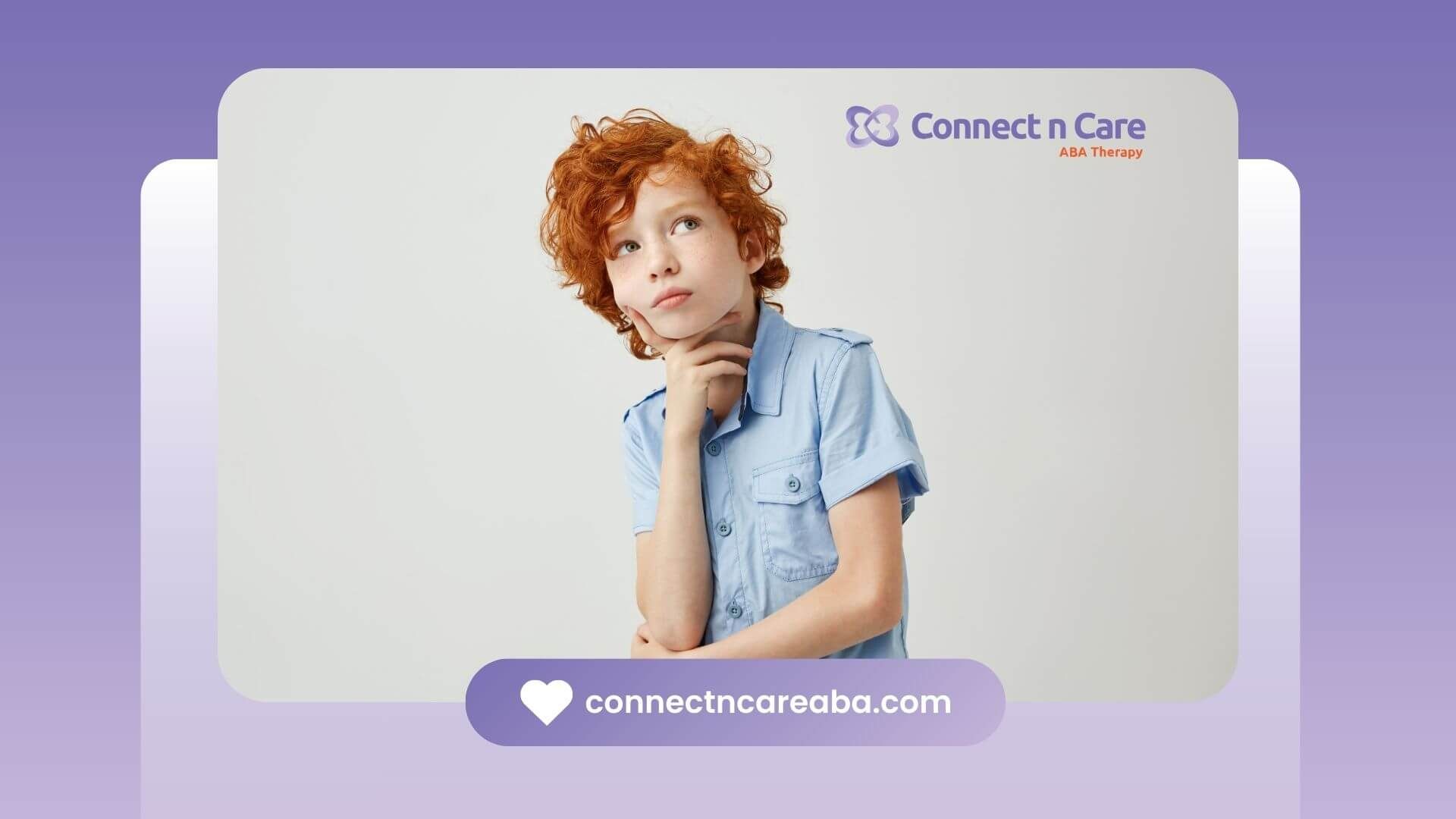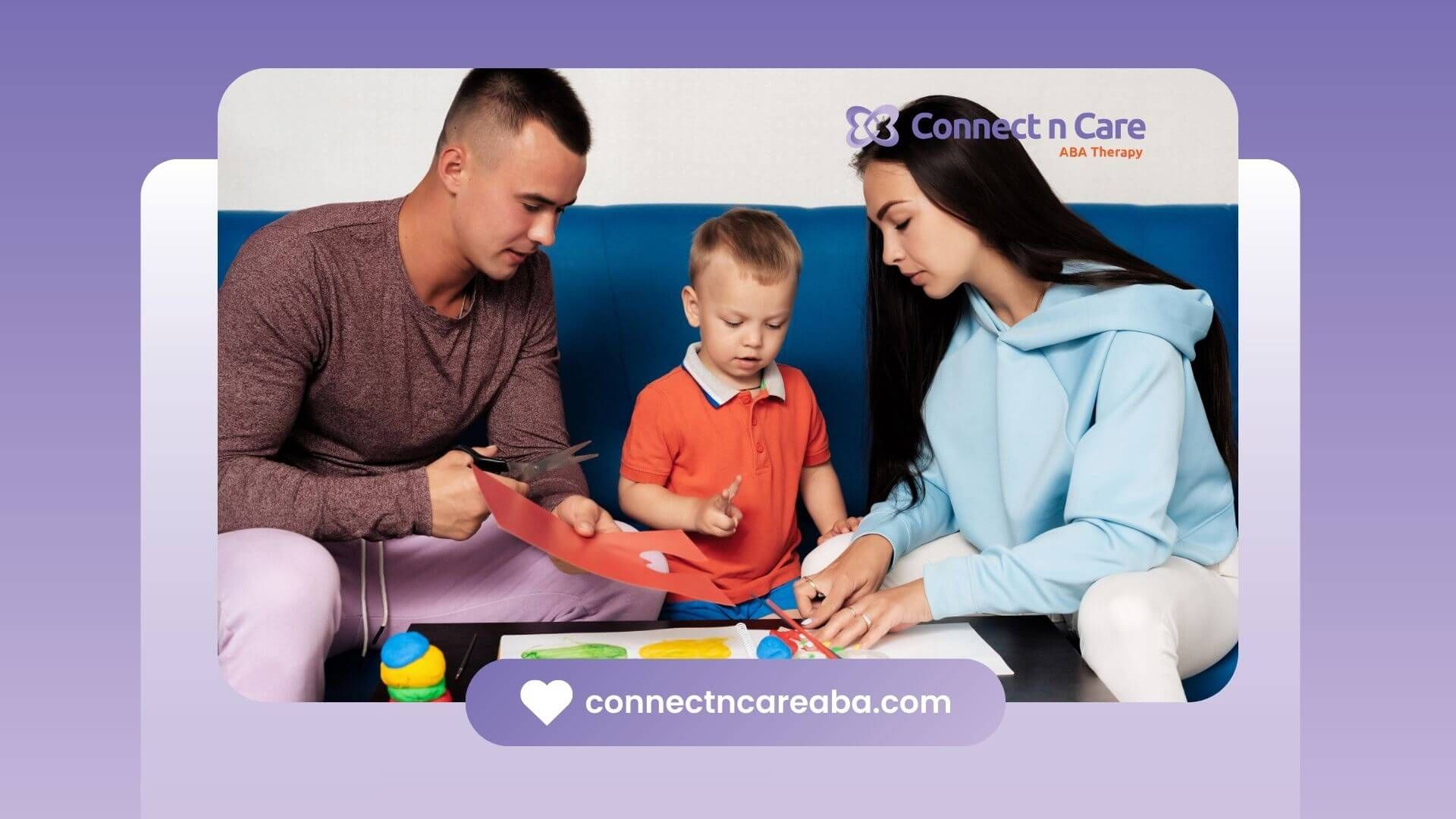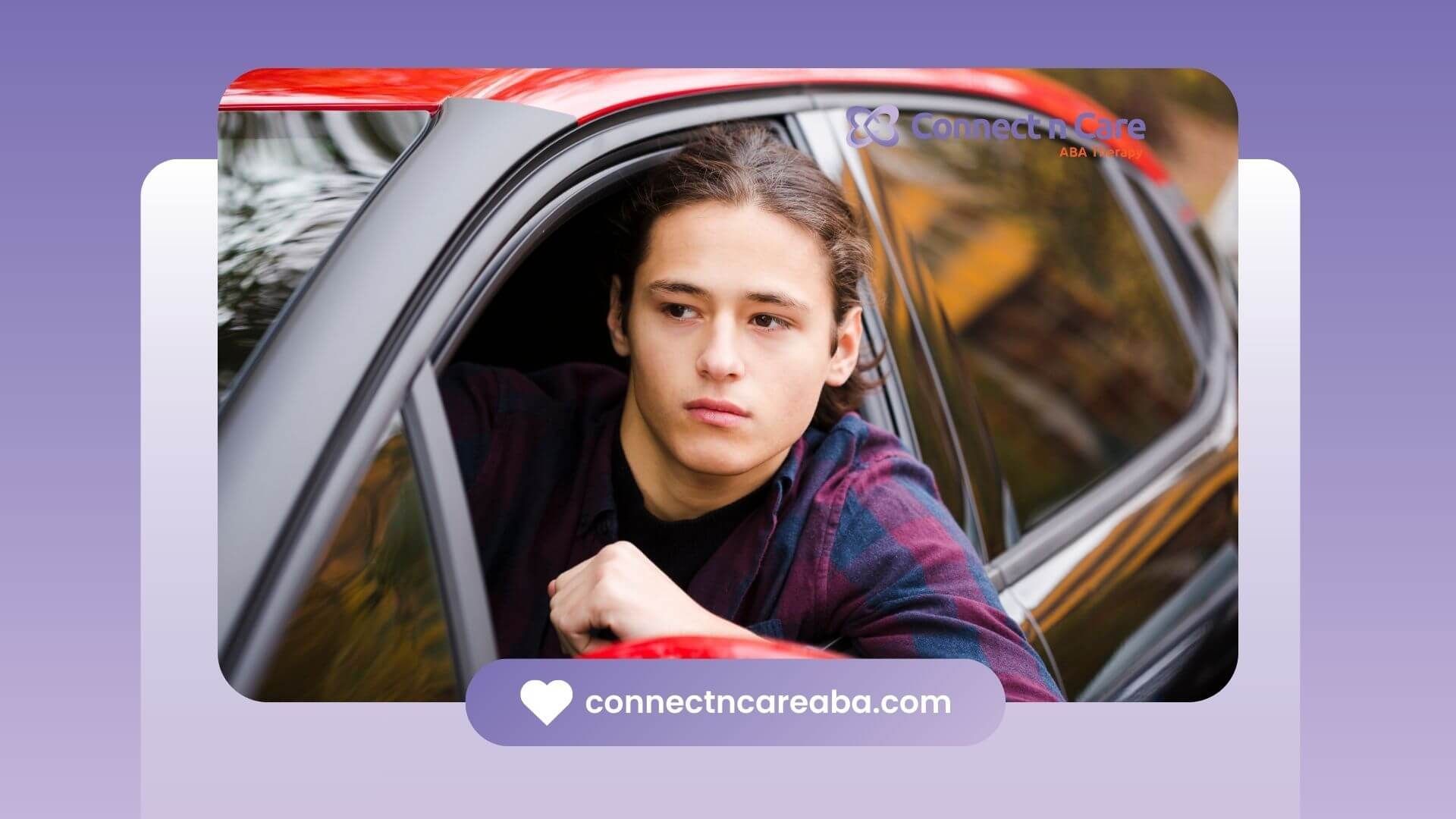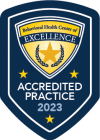Vision Challenges In Autism
More than 30 percent of children on the autism spectrum experience vision differences such as reduced contrast sensitivity, impaired peripheral vision, and color discrimination challenges. These visual factors can make bright sunlight or glare overwhelming, triggering sensory overload and anxiety during outdoor play or field trips. Specialized light-sensitivity sunglasses for autistic children address these needs by filtering harsh wavelengths, boosting comfort, and promoting participation in everyday activities.
Benefits Of Autistic Sunglasses
Sunglasses designed for sensory sensitivity offer several advantages beyond standard shades. They provide 100 percent UVA and UVB protection to safeguard delicate eyes from long-term damage. Polarized lenses reduce glare off pavement, water, or snow, making outdoor environments more comfortable and less visually distracting. Tinted filters can soften high-contrast patterns that often trigger discomfort in children with sensory processing differences.
In addition, tailored sunglasses help maintain focus during bright classroom settings or transition times in hallways. By mitigating visual distractions, these glasses may reduce incidents of anxiety or avoidance behavior. Therapists and educators can integrate them into sensory-friendly strategies to support learning and social engagement.
Choosing Lens Options
When selecting sunglasses for sensitivity, lens characteristics play a critical role in comfort and effectiveness.
UV Protection And Safety
- 100 percent blockage of UVA and UVB rays prevents retinal damage and supports long-term eye health
- Impact-resistant materials such as polycarbonate or Trivex maintain safety during active play
Glare Reduction And Contrast
Polarization cuts down reflective glare from flat surfaces, which can be painful or disorienting. Tinted lenses help moderate contrast sensitivity by filtering intense light differences. For example, yellow or amber tints can enhance depth perception in low-light conditions, while gray or brown tints preserve natural color balance.
Specialized Lens Technologies
Selecting Frame Features
Comfort and fit are just as important as lens performance. Frames crafted from gentle materials and designed for sensory sensitivity minimize pressure and distraction.
Soft, Flexible Materials
Roshambo Eyewear uses BPA-, latex-, and phthalate-free Italian plastics that bend instead of break, easing discomfort for tactile-sensitive children. Soft temple tips and adjustable nose pads help distribute weight evenly and prevent slippage.
Lightweight Construction And Fit
- Slim profiles and lightweight alloys or plastics reduce pressure on the bridge of the nose and ears
- Adjustable temple lengths or spring hinges accommodate different head sizes and reduce pinch points
Sensory-Friendly Design
Simple shapes and muted hues tend to feel less overwhelming to children on the spectrum. Avoiding flashy logos, busy patterns, or excessive embellishments helps maintain focus on comfort rather than appearance.
Introducing Sunglasses To Children
A gradual introduction can ease resistance and foster positive associations with sensory support glasses.
- Place the sunglasses on a favorite toy or stuffed animal before offering them to the child
- Allow the child to handle the glasses, encouraging tactile exploration without wearing them
- Incorporate sunglasses into play, such as pretend-play dress-up or role-playing a sunny day scene
These steps support desensitization and build familiarity without forcing immediate use. Allow breaks as needed and watch for cues of discomfort, adjusting the pace accordingly.
Reinforcement Strategies For Use
Positive reinforcement and consistent routines foster long-term compliance with sensory sunglasses.
- Pair wearing sessions with enjoyable activities, such as a short outdoor game or snack time
- Use a simple reward system, like stickers or tokens, to mark successful wearing intervals
- Provide clear, consistent praise when the child tolerates or requests the sunglasses
Collaborating with ABA therapists or school staff ensures that reinforcement strategies remain consistent across home and educational settings. Regular check-ins help refine approaches and celebrate progress.
Recommended Brands And Products
Several manufacturers specialize in sensory sunglasses that meet the unique needs of autistic children. The following table summarizes the leading options.
| Brand | Lens Options | Frame Material | Special Feature | Guarantee |
|---|---|---|---|---|
| TheraSpecs | FL-Pro, FL-Blend, FL-Sun, Z-Blue | Custom fitover styles, prescription clip-ons | Wide range of tint levels | 60-day money-back |
| Roshambo Eyewear | Standard tinted lens | BPA-, latex-, phthalate-free Italian plastics | Flexible, durable frames | Manufacturer warranty |
| Axon Optics | Specialized photophobia tints | Lightweight prescription and non-prescription frames | Clinically engineered tints | 90% of users resume daily activities |
Parents and professionals may consult with optometrists or vision therapists to confirm prescription needs and fit options before purchase.
Finding Sunglasses In North Carolina
North Carolina residents have access to online retailers and local specialists offering sensory sunglasses. Autism support centers and therapy clinics in major cities like Raleigh, Charlotte, and Durham often partner with eyewear vendors for group fittings or fundraising events. Families can:
- Contact local ABA therapy providers for recommended vendors
- Visit specialized optical shops in urban areas that stock sensory-friendly lenses
- Order online from brands offering home try-on services and money-back guarantees
By combining expert guidance with local resources, families in North Carolina can secure the right sunglasses for sensitivity without long wait times or extensive travel.
Conclusion
Children on the autism spectrum often face unique visual and sensory challenges that standard sunglasses cannot address. Selecting specialized light-sensitive sunglasses with appropriate UV protection, glare reduction, and soft frame materials supports comfort and encourages participation in both learning and leisure. A gradual introduction paired with positive reinforcement boosts acceptance, while collaboration with therapists and educators ensures consistency across environments.
Families and professionals in North Carolina can explore leading brands such as TheraSpecs, Roshambo Eyewear, and Axon Optics to find tailored solutions backed by guarantees and clinical data. By prioritizing proper lens and frame features and enlisting local experts, caregivers can help children with sensory sensitivity experience the outdoors and bright spaces with greater ease and confidence.
At Connect n Care ABA, we understand that sensory sensitivities like light sensitivity can impact a child’s ability to fully engage in daily activities. Serving hundreds of families, our ABA programs across North Carolina integrate practical tools such as light-sensitive sunglasses with evidence-based strategies that build coping skills, independence, and confidence. By working closely with parents, educators, and therapists, we create consistent support across home, school, and community.
Contact us today to learn how our ABA therapy services can help your child thrive in every environment.
Frequently Asked Questions
Do children with autism often experience light sensitivity?
Yes. Many children on the autism spectrum experience sensory processing differences, and light sensitivity is common. This can make bright indoor or outdoor environments overwhelming.
What type of sunglasses work best for children with autism?
Specialized sunglasses with UV protection, glare reduction, flexible frames, and comfortable materials are most effective. Brands like TheraSpecs, Roshambo Eyewear, and Axon Optics are often recommended.
How can ABA therapy help with sensory challenges like light sensitivity?
ABA therapy can support children by gradually introducing sensory tools, using positive reinforcement to increase acceptance, and teaching coping strategies so they can comfortably participate in everyday activities.
SOURCES:
https://www.autismspeaks.org/expert-opinion/autism-glasses
https://mindeye.com/autism-and-auditory-processing-eyeglasses-that-listen/
https://getgoally.com/blog/neurodiversopedia/what-are-sensory-calming-glasses-for-autism/
https://www.theraspecs.com/autism-sensory-sensitivity-glasses/?srsltid=AfmBOorOGI6gsb-uikrzm7bgzJrGJxIuWm5WbDayOYNb_eTpFVgrGogs
https://axonoptics.com/pages/autism-light-sensitivity-glasses?srsltid=AfmBOoq9IfjtvR98pWTiSZBzp20wbxd3XaGrZxG-lNZs2XAo-Vc34Xy4









